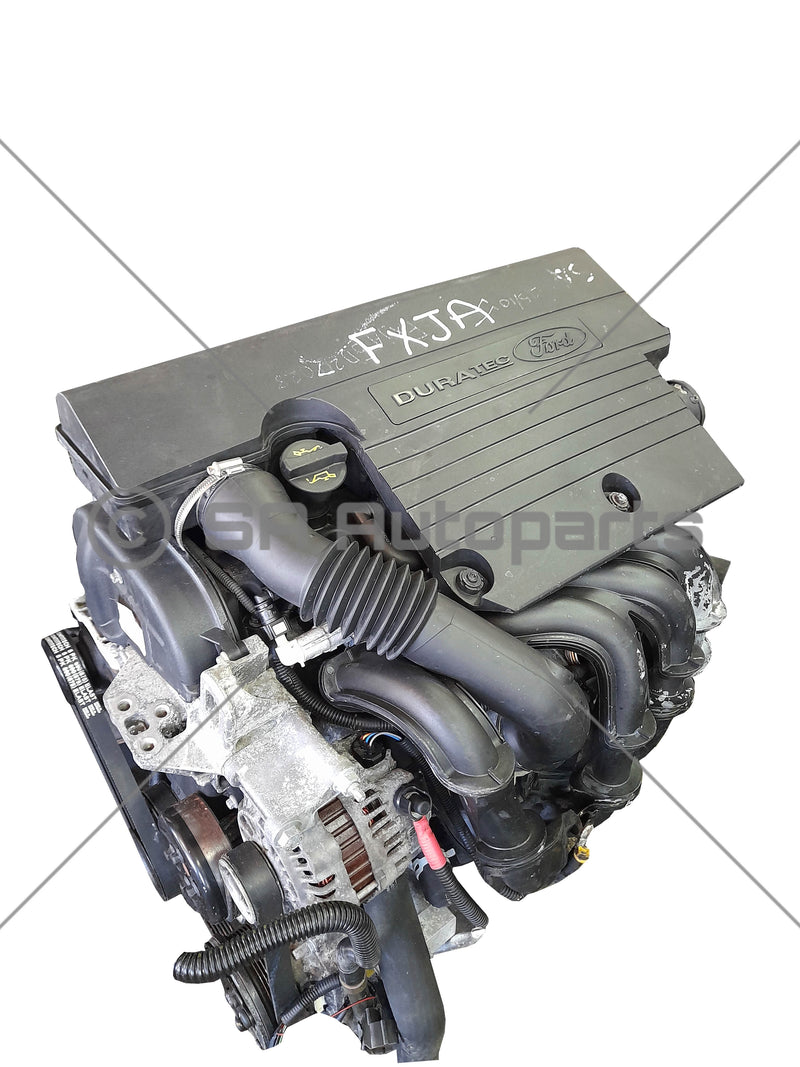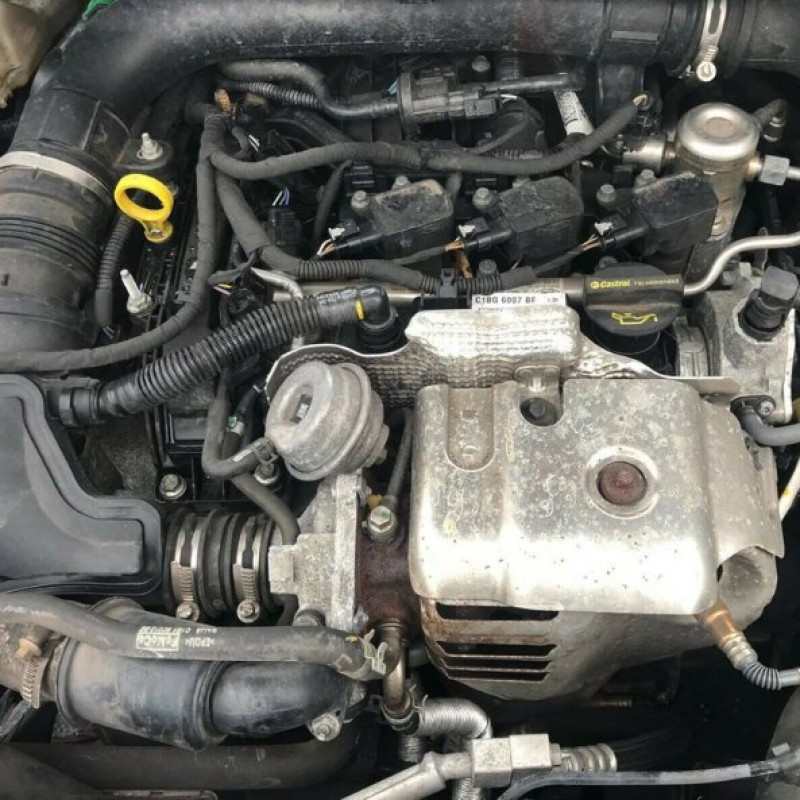Checking Out the Evolution of Engines: From Classic Layouts to Modern Marvels
From the initial heavy steam engines that powered the Industrial Revolution to the appearance of inner combustion engines that changed wheelchair, each phase has added to higher efficiency and capability. As we examine these landmarks, one should consider exactly how the future of engine layout may unravel, challenging our perceptions of power and effectiveness.
The Birth of Engine Modern Technology
The introduction of engine technology noted a pivotal moment in human technology, changing energy conversion and transport. The earliest engines arised from the need to harness mechanical power for sensible usage, leading to the advancement of tools that converted different power kinds right into activity. The principle of the engine can be traced back to old worlds, where straightforward makers, such as the waterwheel and windmill, utilized all-natural forces to perform work. Nevertheless, it was throughout the late 17th and early 18th centuries that significant innovations began to materialize.
The growth of the interior burning engine and the invention of the vapor engine militarized an extensive shift in industrial capabilities. These engines not only boosted effectiveness however likewise increased the extent of human flexibility, enabling unmatched transportation opportunities. The very early models laid the foundation for the mechanized globe, facilitating the surge of sectors and improving societal frameworks.
As engine designs advanced, they included ingenious products and advanced design concepts, paving the means for contemporary advancements - ford fiesta engine. The birth of engine modern technology stired up a ruthless quest of performance and power, setting the stage for the vibrant advancement of transportation and commercial machinery that would certainly follow
Vapor Engines and Their Influence

The steam engine's influence was particularly evident in the transport industry (ford fiesta engine). Steam-powered locomotives assisted in the fast motion of goods and individuals throughout large distances, effectively shrinking the geographical barriers that had formerly hindered profession and communication. Steamships reinvented marine traveling, enabling for quicker and more dependable crossings of seas and rivers.
In sector, steam engines powered factories, enabling mass manufacturing and the rise of metropolitan centers as centers of financial activity. Steam technology cultivated advancements in engineering and production procedures, laying the groundwork for future improvements in engine style.
The Increase of Inner Combustion
Regularly eclipsing steam power, the increase of inner combustion engines marked a transformative shift in transportation and sector throughout the late 19th and very early 20th centuries. The development of these engines, defined by their capacity to melt gas within the engine itself, made it possible for greater effectiveness and power contrasted to conventional vapor engines. Pioneering developers such as Nikolaus Otto and Rudolf Diesel played crucial duties in refining engine designs, resulting in extensive adoption in automobiles, watercrafts, and commercial equipment.
The interior burning engine's portable dimension and relatively light-weight nature facilitated the development of individual automobiles, revolutionizing specific wheelchair and reshaping city landscapes. By allowing faster travel and the effective transportation of products, these engines militarized financial development and cultivated globalization. The flexibility of gas options, including gas and diesel, further enhanced their charm, permitting varied applications throughout numerous fields.
In spite of the environmental issues that would certainly later develop, the first allure of inner burning modern technology stocked its transformative capacity. As culture embraced this technology, the structure was laid for modern transportation systems, developing interior burning engines as a cornerstone of commercial innovation and day-to-day live throughout the 20th century.
Innovations in Engine Efficiency
As inner burning engines ended up being integral to transport and market, the emphasis moved Related Site towards enhancing their efficiency to fulfill expanding needs for efficiency and sustainability. Developments in engine layout, material scientific research, and technology have dramatically added to this development.
One major development is the growth of turbocharging, which enables increased air consumption, resulting in even more complete gas burning and enhanced power result without expanding engine size. In addition, variable shutoff timing systems have actually been implemented to maximize engine performance throughout various RPM varieties, thereby enhancing fuel effectiveness.
The use of advanced gas injection modern technologies, such as direct injection, has actually additionally played a vital duty. This technique permits even more precise control over the fuel-air blend, advertising better burning and reducing exhausts. Light-weight materials, including aluminum and composite elements, have actually been taken on to reduce overall engine weight, leading to enhanced efficiency.
These improvements show a broader trend within the automotive market, where the synergy between engineering innovation and environmental considerations drives the continuous quest for greater effectiveness in internal burning engines. As a result, contemporary engines are currently more effective, cleaner, and effective than ever in the past, leading the method for a much more sustainable future in transport.
The Shift to Electric Power
With expanding concerns over environmental effect and nonrenewable fuel source reliance, the vehicle market is experiencing a considerable change towards electric power. This transition is driven by a mix of technological developments, regulative pressures, and altering customer preferences. Electric lorries (EVs) offer a compelling choice to standard inner burning engines, flaunting reduced greenhouse gas discharges and reduced operating expense.
The surge of battery innovation has actually been a game changer, with lithium-ion batteries ending up being much more cost-effective and effective. Improved energy density and faster charging capacities have made EVs much more practical for everyday usage. Furthermore, governments worldwide are applying motivations and setting ambitious targets for phasing out nonrenewable fuel source cars, consequently speeding up the fostering of electrical power.
Significant automakers are spending heavily in study and advancement, bring about the intro of a varied variety of electric models. This includes not only traveler cars however additionally industrial lorries and public transport solutions. As charging framework expands and battery technology continues to boost, the change to electric power is poised to reshape the automotive landscape, promoting sustainability and technology in the years to find. The future of transport is electrical, and the momentum is obvious.
Final Thought
The evolution of engine modern technology represents a considerable Recommended Reading trajectory of innovation that has actually profoundly affected transportation and industry. From the fundamental vapor engines to the transformative inner combustion engines, each advancement has added to enhanced movement and economic development. The present change towards electrical power underscores a crucial commitment to sustainability, driven by advancements in battery innovation. This continuous development not just reflects altering social demands however also highlights the possibility for a browse around this web-site cleaner and a lot more reliable future in engine style.
